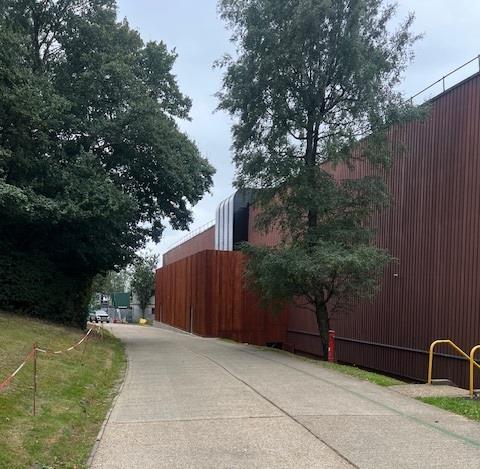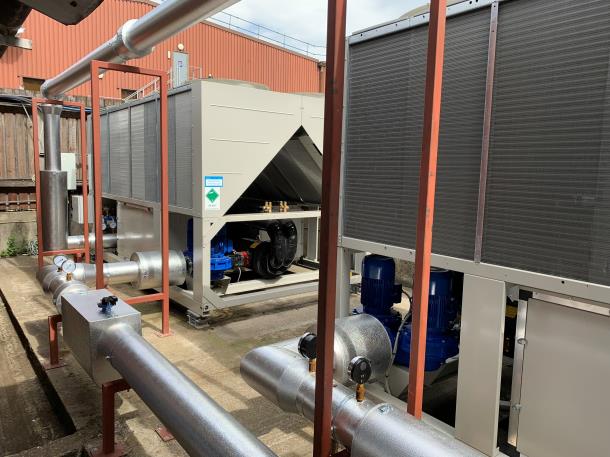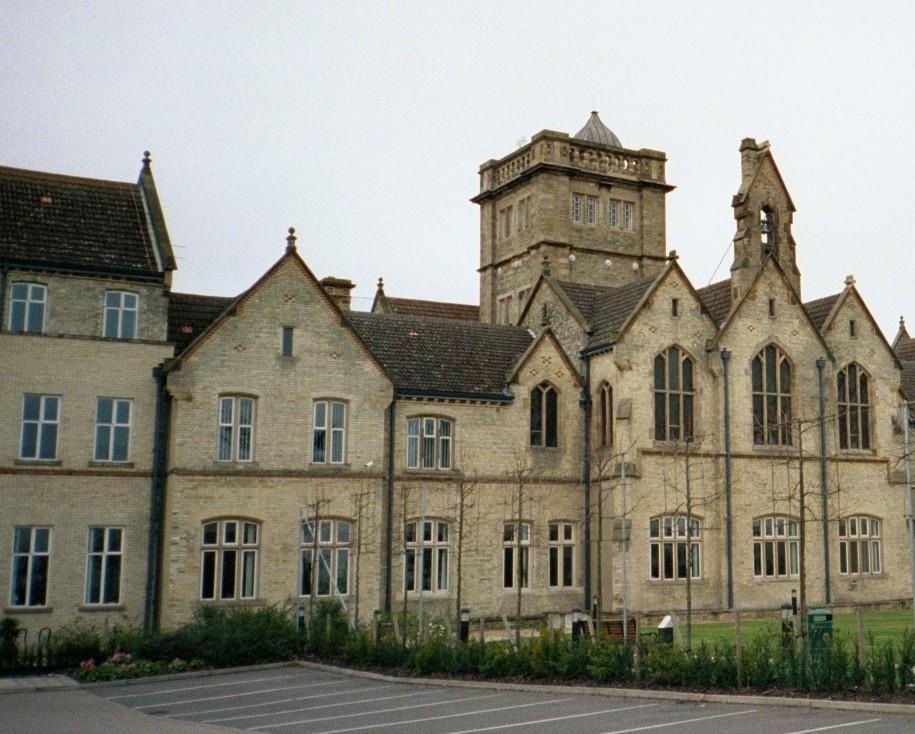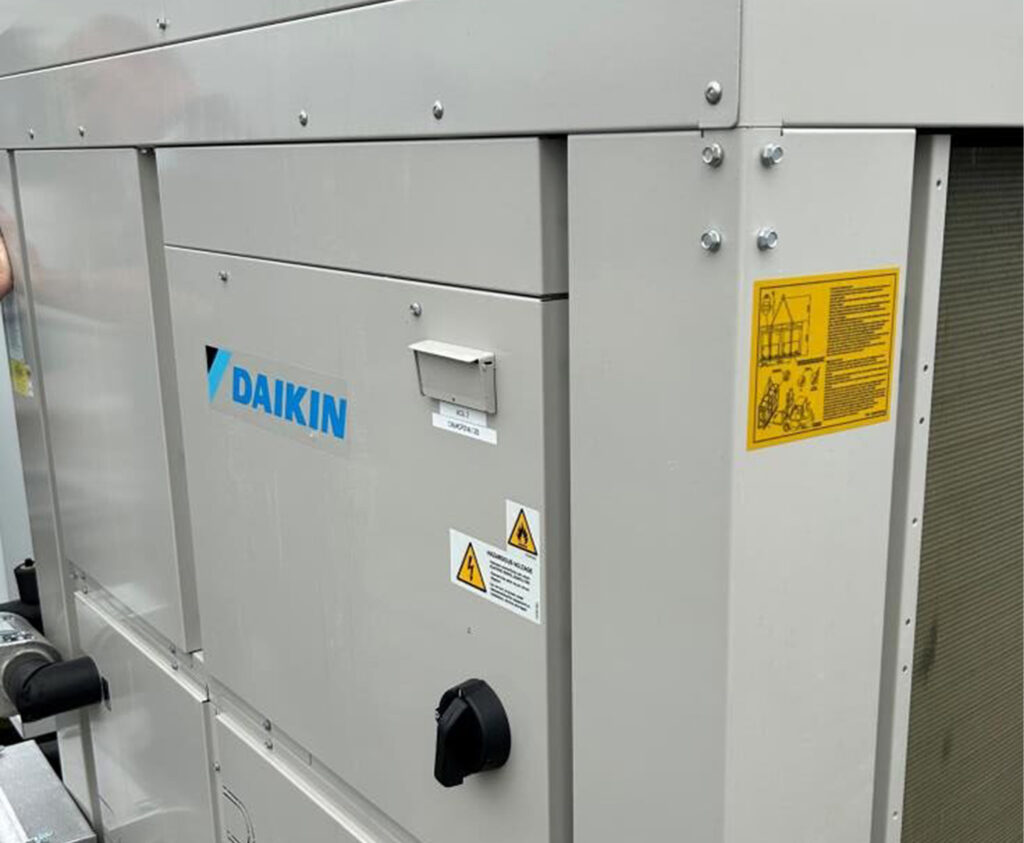
Mechanical services
Mechanical VRV, VRF, Split Systems
Explore VRV, VRF and Split Systems for efficient, flexible temperature control in any space.
ZJ Building Services provides expert commissioning and balancing services to ensure that mechanical systems operate at peak efficiency. From HVAC systems to hydronic networks, our team verifies that your systems are correctly installed, calibrated and balanced for maximum performance and energy efficiency.
Mechanical VRV (Variable Refrigerant Volume) and VRF (Variable Refrigerant Flow) systems are advanced air conditioning technologies that allow multiple indoor units to be connected to one outdoor unit, offering precise control over individual zones’ temperatures. They adjust the refrigerant flow based on demand, making them energy-efficient and flexible.
Split Systems, in contrast, consist of one outdoor unit paired with one or more indoor units, typically used for smaller spaces like homes or small offices. These systems are more straightforward but still effective for targeted heating and cooling needs.
Key Features:
- Energy-efficient with precise control over multiple zones.
- Scalable, ideal for large commercial spaces.
- Adjusts refrigerant volume based on demand.
- Same technology as VRV, with flexible zoning.
- Supports heating and cooling simultaneously in different areas.
- Minimises energy consumption by adjusting refrigerant flow.
- Simple setup with one outdoor and one or more indoor units.
- Cost-effective for smaller spaces.
- Efficient cooling and heating with basic zoning capabilities.

Solutions
VRV and VRF Systems
VRV and VRF systems not only offer energy efficiency but also provide versatility in installation. They allow for a wide range of indoor unit types to be connected to one outdoor unit, giving flexibility in design and comfort control across different spaces. These systems are also designed for quieter operation, making them ideal for environments where noise reduction is important, such as hotels or offices.
Split Systems
Split systems, while simpler, can still offer inverter technology that adjusts power based on temperature fluctuations, enhancing both comfort and energy savings.
Maintenance
We offer maintenance services for VRV, VRF and Split Systems to ensure your equipment operates efficiently and reliably. Regular maintenance is key to maximising the lifespan of these advanced systems and maintaining optimal energy performance.
Comprehensive Maintenance Plan for Heat Pump Systems:
At ZJ Building Services, we understand the importance of regular maintenance to keep your heat pump system operating at peak efficiency.
-
Routine Inspections
Our technicians conduct regular inspections of VRV, VRF and Split Systems to spot early signs of wear, refrigerant leaks, or blockages, ensuring continuous efficiency and reducing costly repairs.
-
Filter Cleaning and Replacement
Regularly cleaned and replaced filters enhance air quality and system performance. Our maintenance plan includes scheduled filter checks to keep your HVAC running smoothly.
-
Component Fine-Tuning
We fine-tune system components, ensuring optimal airflow and temperature control in all zones. This includes calibrating VRF and VRV systems to meet your specific comfort needs.
-
Duct and Refrigerant Line Maintenance
We perform thorough inspections and cleaning of ductwork and refrigerant lines to prevent leaks and maintain peak efficiency, essential for VRF and VRV systems with complex piping.
-
Customised Maintenance Plans
Our tailored maintenance schedules align with your system’s complexity and operational needs, minimising disruptions while extending the lifespan of your HVAC equipment.
All maintenance carried out by ZJ Building Services adheres to either the SFG20 standards or is based on condition-based maintenance, ensuring compliance and optimised system performance.

Want to talk to experts about your vrv, vrf split systems?
Contact ZJ Building Services today.
Contact usFaq’s
VRV (Variable Refrigerant Volume) is a specific term trademarked by Daikin, whereas VRF (Variable Refrigerant Flow) is a general industry term used by other manufacturers. Both systems work similarly, using advanced technology to adjust the refrigerant flow based on the demand, making them highly efficient in energy use. VRV systems tend to be more commonly installed in large commercial spaces, while VRF can be applied to a broader range of projects.
Both VRV and VRF systems offer superior energy efficiency by adjusting the refrigerant flow based on the exact needs of each zone. They outperform traditional HVAC systems in saving operational costs. Split systems are also energy-efficient but are more suited for smaller spaces and do not offer the same advanced zoning flexibility as VRV and VRF.
VRV/VRF Systems:
Commonly used in commercial buildings, offices, hotels, and large residential spaces where multiple zones need different temperature control.
Split Systems:
More suited for smaller residential homes or small commercial spaces, providing simple and effective temperature control without the need for extensive zoning.
Yes, regular maintenance is essential to ensure these systems operate efficiently and extend their lifespan. Both VRV and VRF systems require more specialised care due to their advanced technology and long refrigerant piping, while Split systems have simpler maintenance needs but still benefit from routine checks and cleanings
VRV and VRF systems typically have a higher upfront cost due to the complexity of the installation and the zoning features. However, their energy efficiency leads to long-term savings, especially in larger buildings. Split systems are more affordable initially and are often the preferred choice for smaller-scale applications.






